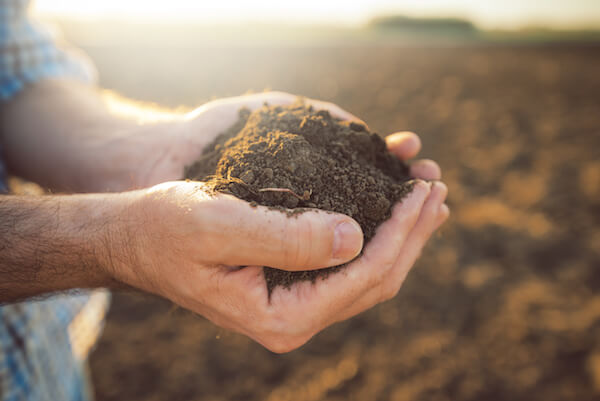
Soil Preparation for the Home Lawn
Whether you are replacing your weed infested lawn or putting turfgrass down for the first time at a new house, you will want to make sure that your soil is ready to support healthy growth of grass while being able to resist drought, pests, and invasive weeds. This takes more effort than a quick raking and throwing down a bag of lime. Read on for a quick primer on what to do first. For more information on how to have the best Florida lawn, visit the Duda-Sod website for tips and advice.
Remove Debris, Weeds, and Rocks
First, you need to get your property ready by digging up any roots and removing unwanted vegetation. You really want to get as much of the unwanted material out of the soil so that a healthy root system has fewer obstacles to work around. If it is a brand-new property, you may want to hire professionals to come screen the soil to make sure all the construction debris has been eliminated.
Rough Grading
A beautiful lawn is nice and level while graded away from your driveway, sidewalk, and the foundation of your home. Grass has a more difficult time growing on steep hills and in deep holes. An uneven grade also makes it more difficult to mow, rake, and maintain a lawn. You may need to rent some power equipment to achieve a properly graded surface.
Test Your Soil
Now that you have the shape of your yard sorted out, it’s time to find out what kind of condition your soil is in. You want to do this now so that you have a treatment plan in place by the time your irrigation system is installed.
In order to get the best sample you will want to:
- Dig down about six inches and collect a scoop of soil
- Do this in 10 to 15 places around the property
- Mix and sift all the samples together
- Let the soil sample dry out
- Send 1 cup of the soil to the Florida Extension Soil Testing Laboratory
You will receive a report listing the soil’s pH, available nutrients, and the lime requirements. The report will also offer recommendations for fertilizing that helps to reduce run-off and improve performance.
Install the Irrigation System
While you are pulling together the plan to add organic and non-organic amendments to improve your soil, now is the time to have your irrigation system installed. It is best to work with a reputable company with experience in maintaining healthy lawns to determine the placement of sprinklers, the programming and needed water saturation. Make sure to place your shrubs and flowers on a separate loop from your lawn as these plants have different water requirement from turfgrass.
Apply Organic and Non-Organic Soil Amendments
Much of the soil across Florida starts out very sandy, which is a poor medium to support the growth of grass. In order to improve your soil’s ability to hold moisture and encourage good root growth, you will want to add up to 6 cubic yards of material per 1,000 square feet. Use a spreader to ensure an even application and work the amendment into the top six inches of your soil. Talk to your lawn professional to determine if you should be putting down compost, moss, clay, or colloidal phosphate to achieve the best result for your location. Now is also the time to add lime as recommended to attain a healthy pH level.
Till and Final Grade
Finally, you are ready to prep the plot for sowing seed or installing sod. Whether you use a hand-held roto-tool or rent a gas-powered tiller, you will want to work through the entire yard and then smooth down the surface with the back of a rake or by pulling a grading screen with your lawn tractor. You now have a yard full of screened healthy soil that offers the best possible chance for a green lawn to take root.
If the prospect of doing all this work on your own seems a little intimidating, don’t hesitate to give the professionals over at Duda-sod a call. They have the experience and manpower to create a beautiful, healthy new lawn in Florida while saving your sanity.